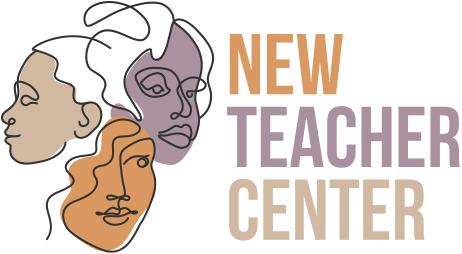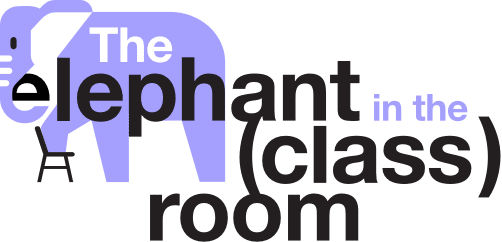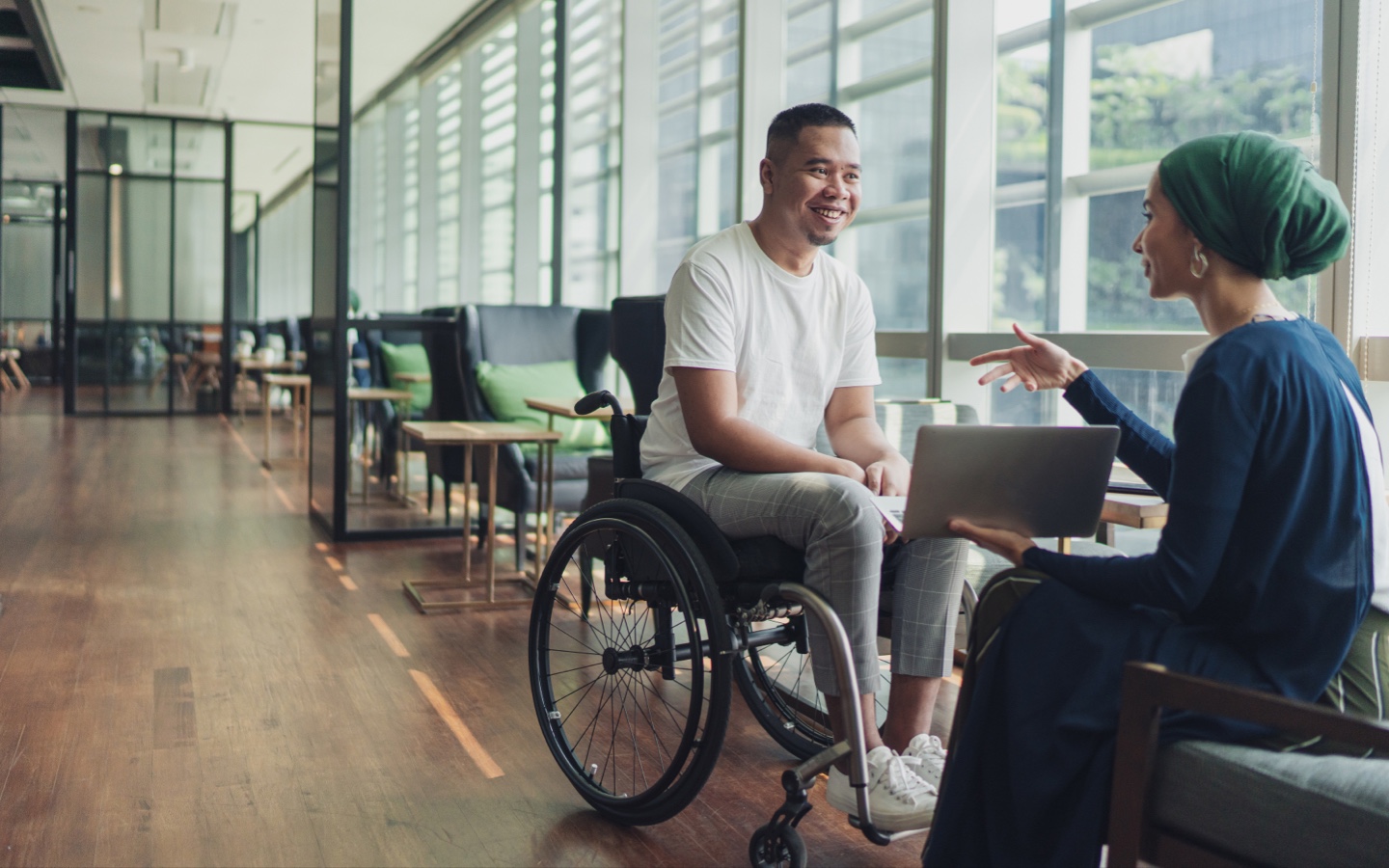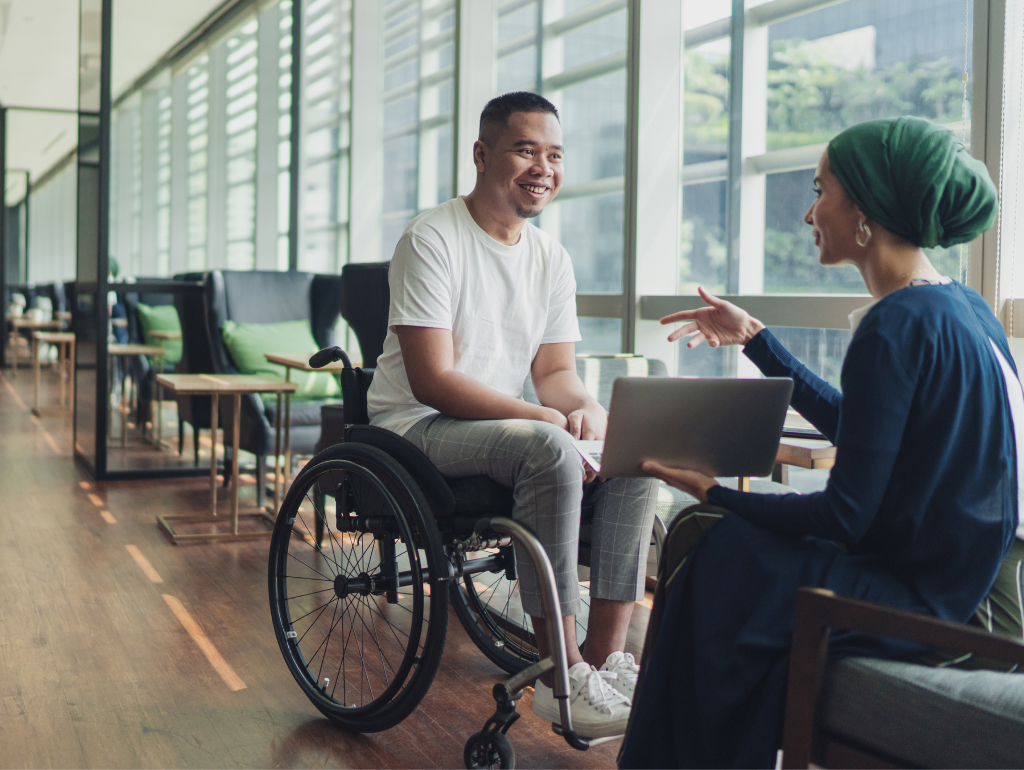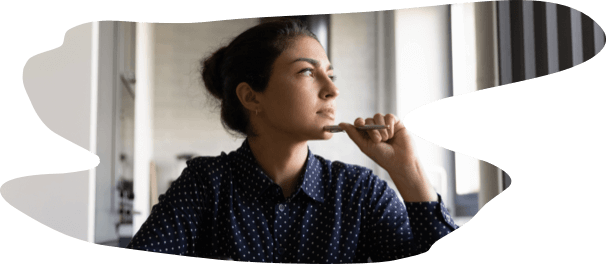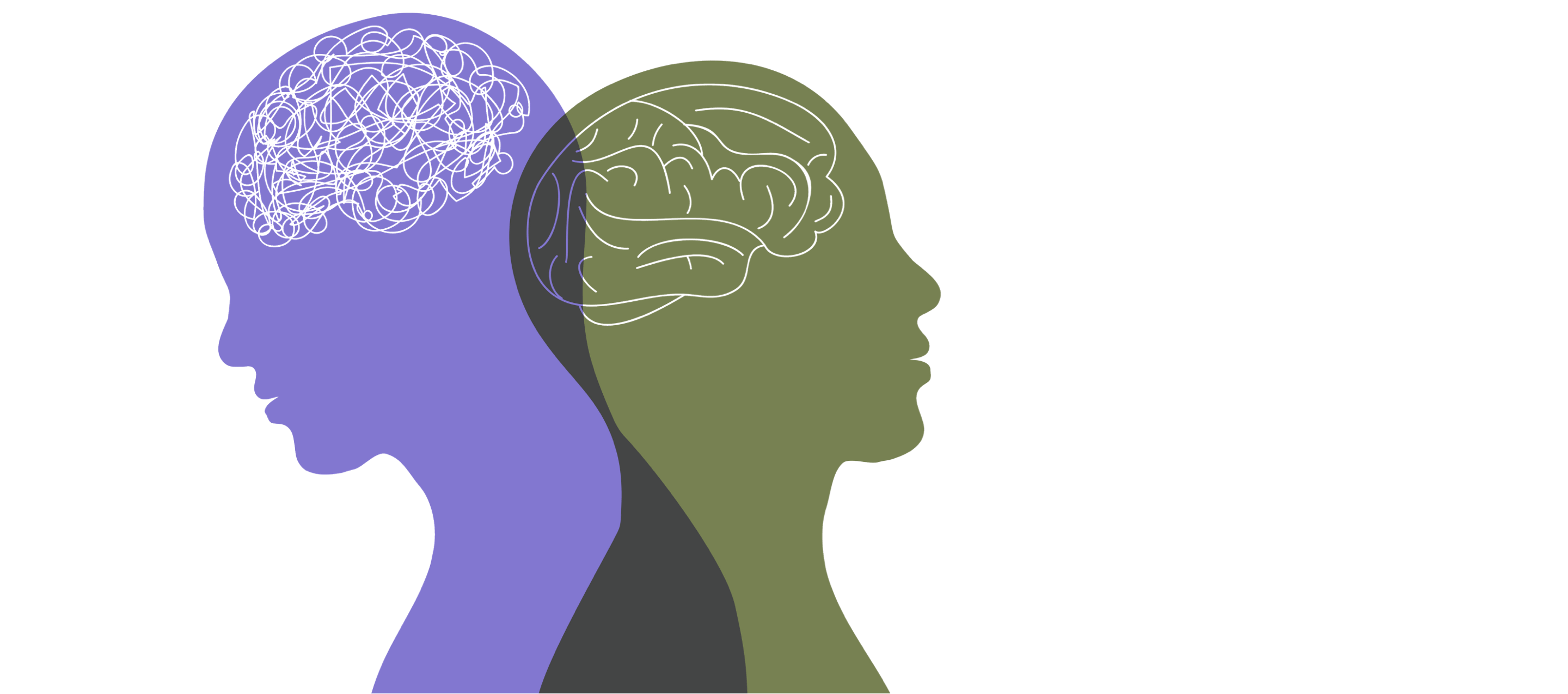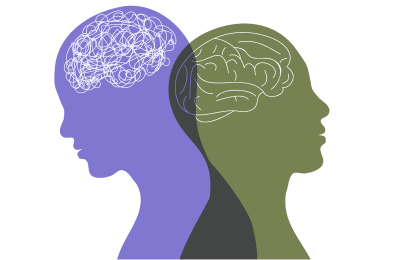Plan your route
Ideally, you’ll complete all three journeys in a sequence, beginning with the first (Embrace teaching and learning as a dynamic relational human exchange) and ending with the third (Co-design systems to sustain equity). If you are new to equity work, we especially recommend beginning with the first journey, Embrace. If you have engaged in equity work before and are only interested or have the time to engage one anchor, we recommend Embrace or Expand, as they are more stand-alone. The third journey, Co-Design, should be taken only after you’ve completed the first two, because it builds on the foundations laid by Embrace and Expand.
